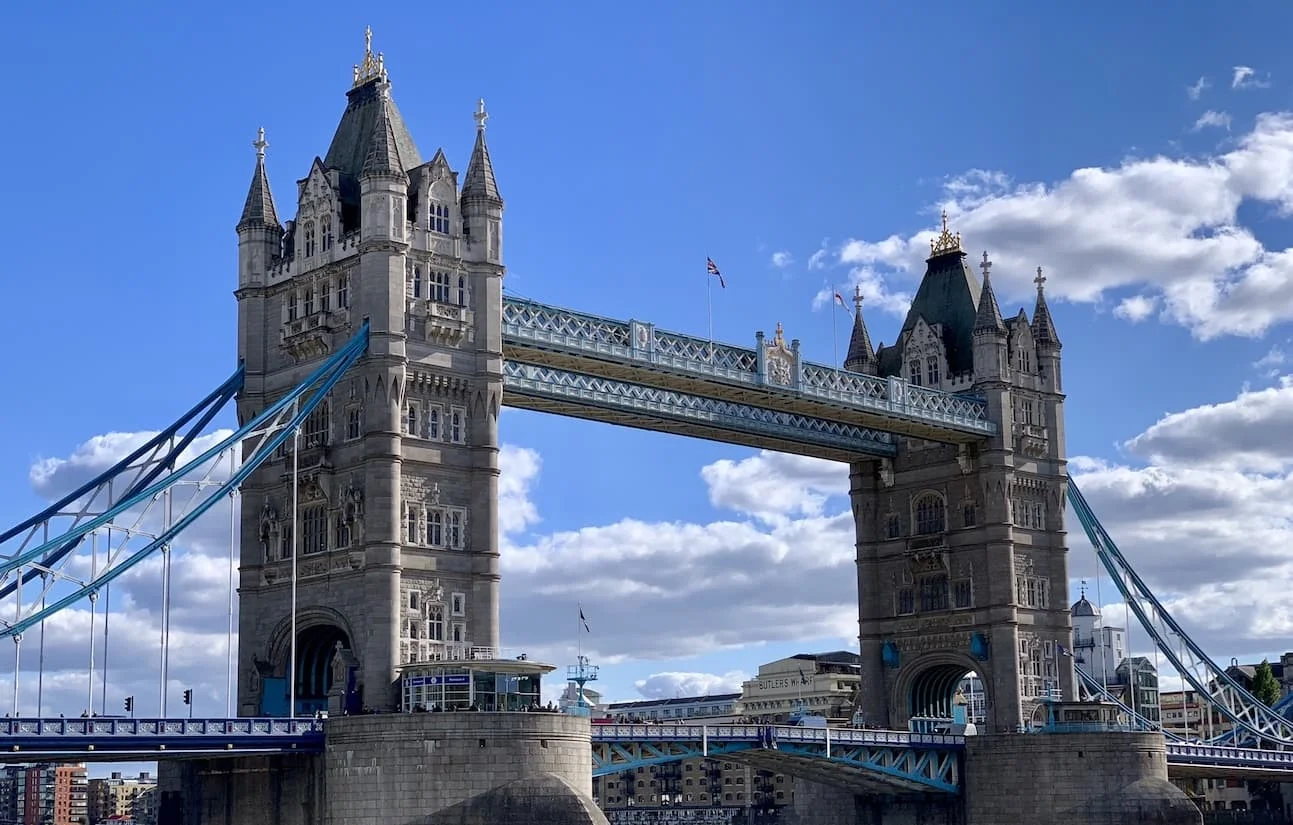The State of Emergency Alerts Following Hawaii's Gaffe
/As many nationwide have now heard, Hawaiian citizens were suddenly awoken from their morning slumbers by the most unsettling message they may ever receive - a ballistic missile strike was imminent, and that it was not a drill. The populace scrambled to seek safety, contact loved ones, and make peace with the possibility of death.
The emergency alert which circulated around Hawaii.
The news quickly made it to every major media outlet, echoed by reporting and personal accounts via social media. Citizens turned to websites like Twitter and Reddit in hopes of receiving real-time updates, seeking as much certainty as possible during an uncertain time.
As one Hawaiian Reddit user described, the scariest aspect of the ordeal was not knowing where or when the missile would strike; any island, and any community, could be subject to devastation at a moment's notice. Of course, this information was never revealed, as the alert was actually a false alarm.
Per the Washington Post, the initial alarm was raised at 8:07 a.m. Amid the chaos, the Hawaii Emergency Management Agency posted a follow-up tweet at 8:20 a.m. to notify users of the false alarm. However, the official text message correction was not released until 8:45 a.m. That's an official turn around time of 38 minutes - a response many have deemed unacceptable. In an ideal scenario, the text correction would launch first, followed by an announcement on Twitter - or made simultaneously. In disaster scenarios, engaging the largest audience first is imperative; while nearly all Twitter users own cellphones, not all cellphone owners are Twitter users.
When an agency employee presses the wrong button, what consequences follow?
FEMA, the FCC, and HEMA have launched investigations into the matter with future prevention in mind. According to HEMA spokesperson, Richard Rapoza, a new emergency cancellation feature has been adopted. This new addition ensures that a false alarm can be reversed within a small window of time. Accordingly, an immediate correction can now be issued to devices.
Taking things a step further, tests and genuine alerts are now subject to a two-person verification procedure. Once a HEMA employee initially confirms the alert's validity in the system, a second employee must also approve the communication.
In response to the events, Hawaii governor David Ige issued an apology for the ensuing torment and confusion. Senators criticized both HEMA's system, as well as President Trump's response to potentially developing nuclear threats. However, officials have stated the employee at fault will not be terminated due to the mistake - placing the blame on a failed system.
Perhaps the largest tale of caution must be passed along to Hawaiian citizens. Most have heard the story of the boy who cried "Wolf!" After repeated erroneous warnings, citizens became both desensitized and incredulous towards the next plea for help. That final cry proved to be fatal.
North Korean missiles preparing to launch. Photo: ABC News.
Public officials must ensure Hawaiians know of these new security measures. The associated trauma of an event like this is bad enough, but citizens must take future alerts seriously. There has to be trust in the emergency alert system. When people become dismissive of legitimate alerts, during times of tense international relations, casualties have a greater chance of mounting. Emergency preparedness, shelter location, and duck-and-cover drills must be promoted.
If you are HEMA, this type of gaffe can only occur once. Should it happen again, we risk changing attitudes and consequences in terms of overall public safety. With new changes now in place, history hopefully will not repeat itself.


